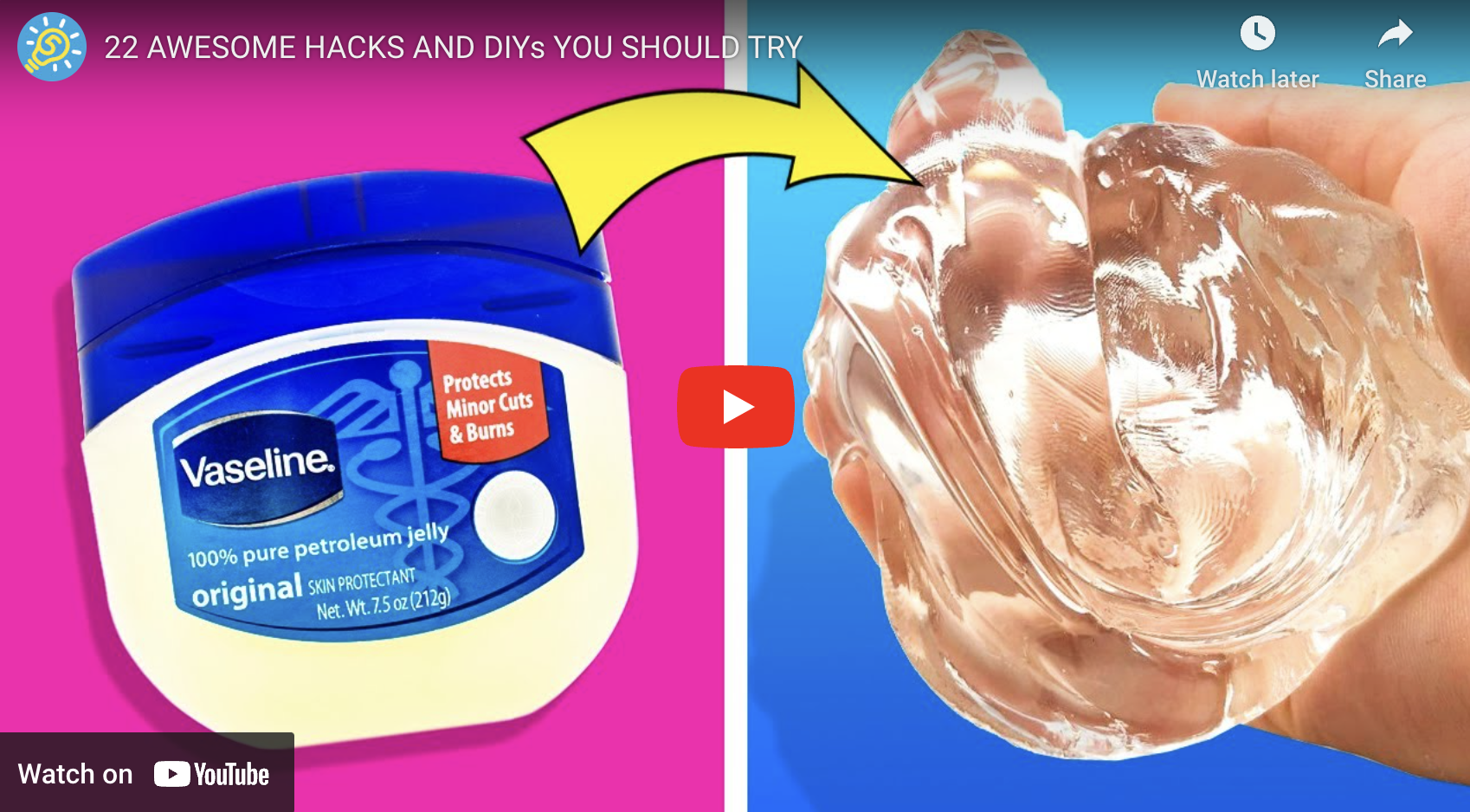A torn rotator cuff can be a painful and debilitating injury that affects many individuals, especially those who engage in repetitive overhead movements or participate in sports that involve throwing or lifting heavy objects. The rotator cuff is a group of muscles and tendons that surround the shoulder joint, providing stability and mobility to the arm. When these muscles and tendons are torn or damaged, it can lead to pain, weakness, and limited range of motion in the shoulder.
While surgery is often recommended for severe cases of a torn rotator cuff, there are natural ways to help heal the injury and alleviate symptoms. In this article, we will explore how to heal a torn rotator cuff naturally, including seven interesting trends related to the topic. We will also address common concerns and provide answers to help you better understand this common shoulder injury.
Trend #1: Physical Therapy and Exercise
One trend in treating a torn rotator cuff naturally is through physical therapy and exercise. By working with a physical therapist, individuals can learn specific exercises and stretches to help strengthen the muscles surrounding the shoulder joint and improve flexibility. These exercises can help to reduce pain, increase range of motion, and prevent further injury to the rotator cuff.
Professional #1, a physical therapist, explains, “Physical therapy is a crucial component in the natural healing process of a torn rotator cuff. By targeting specific muscles and improving overall shoulder strength, patients can regain function and mobility in their shoulder without the need for surgery.”
Trend #2: Herbal Remedies and Supplements
Another trend in natural healing for a torn rotator cuff is the use of herbal remedies and supplements. Certain herbs and supplements, such as turmeric, ginger, and omega-3 fatty acids, have anti-inflammatory properties that can help reduce pain and swelling in the shoulder joint. These natural remedies can complement other treatments, such as physical therapy, to promote healing and improve overall shoulder health.
Professional #2, a naturopathic doctor, recommends, “Incorporating herbal remedies and supplements into your daily routine can help support the body’s natural healing process. Turmeric, in particular, has been shown to have powerful anti-inflammatory effects that can benefit individuals with a torn rotator cuff.”
Trend #3: Acupuncture and Massage Therapy
Acupuncture and massage therapy are two alternative treatments that have gained popularity in helping to heal a torn rotator cuff naturally. Acupuncture involves the insertion of thin needles into specific points on the body to promote healing and reduce pain. Massage therapy, on the other hand, focuses on manipulating soft tissues to improve circulation, reduce muscle tension, and alleviate pain in the shoulder joint.
Professional #3, an acupuncturist, notes, “Acupuncture can help to stimulate blood flow and energy flow in the body, which can aid in the healing of a torn rotator cuff. Combined with massage therapy, these alternative treatments can provide relief from pain and promote overall shoulder health.”
Trend #4: Proper Nutrition and Hydration
Maintaining a healthy diet and staying hydrated are essential components of natural healing for a torn rotator cuff. Eating a diet rich in fruits, vegetables, lean proteins, and whole grains can provide the necessary nutrients to support muscle and tissue repair. Drinking an adequate amount of water each day can also help to keep the joints lubricated and reduce inflammation in the shoulder joint.
Professional #4, a nutritionist, emphasizes, “Proper nutrition plays a key role in the body’s ability to heal and recover from injury. By fueling your body with the right nutrients and staying hydrated, you can support the healing process of a torn rotator cuff and optimize your overall shoulder health.”
Trend #5: Rest and Recovery
Rest and recovery are crucial aspects of healing a torn rotator cuff naturally. Giving the shoulder joint time to rest and avoiding activities that exacerbate pain can help prevent further damage to the rotator cuff. It is important to listen to your body and not push through pain, as this can delay healing and prolong recovery time.
Trend #6: Posture and Ergonomics
Poor posture and improper ergonomics can contribute to shoulder pain and injury, including a torn rotator cuff. Maintaining good posture and practicing proper ergonomics at work and during daily activities can help reduce strain on the shoulder joint and prevent further damage to the rotator cuff. Simple adjustments, such as sitting up straight, keeping the shoulders relaxed, and using ergonomic tools, can make a big difference in promoting shoulder health.
Trend #7: Mind-Body Techniques
Mind-body techniques, such as yoga, meditation, and deep breathing exercises, can also play a role in natural healing for a torn rotator cuff. These practices can help reduce stress, improve relaxation, and enhance overall well-being, which can positively impact the body’s ability to heal and recover from injury. By incorporating these techniques into your daily routine, you can support the healing process of a torn rotator cuff and improve shoulder function.
Common Concerns and Answers:
Concern #1: Will I need surgery for a torn rotator cuff?
Answer: In many cases, surgery is not necessary for a torn rotator cuff. By following a comprehensive treatment plan that includes physical therapy, herbal remedies, acupuncture, and other natural healing modalities, individuals can often heal the injury and restore shoulder function without the need for surgery.
Concern #2: How long does it take to heal a torn rotator cuff naturally?
Answer: The healing time for a torn rotator cuff can vary depending on the severity of the injury and individual factors. With consistent treatment and rehabilitation, many individuals can experience significant improvement in their shoulder function within a few months. It is important to be patient and diligent in following a natural healing plan to achieve the best results.
Concern #3: Can I prevent a torn rotator cuff from happening again?
Answer: By maintaining good shoulder health, practicing proper body mechanics, and avoiding activities that put excessive strain on the shoulder joint, individuals can reduce their risk of experiencing a torn rotator cuff in the future. It is important to address any underlying issues, such as poor posture or muscle imbalances, to prevent re-injury and promote long-term shoulder health.
Concern #4: Is it safe to exercise with a torn rotator cuff?
Answer: It is important to consult with a healthcare professional before starting an exercise program with a torn rotator cuff. A physical therapist can provide guidance on safe and effective exercises that can help strengthen the shoulder muscles and improve range of motion without exacerbating the injury. It is important to listen to your body and avoid exercises that cause pain or discomfort in the shoulder joint.
Concern #5: Are there any natural remedies that can help relieve pain from a torn rotator cuff?
Answer: Herbal remedies, such as turmeric, ginger, and omega-3 fatty acids, have anti-inflammatory properties that can help reduce pain and swelling in the shoulder joint. In addition, acupuncture, massage therapy, and other alternative treatments can provide relief from pain and promote healing of a torn rotator cuff. It is important to consult with a healthcare professional before starting any new treatment to ensure its safety and effectiveness.
Concern #6: Can poor posture contribute to a torn rotator cuff?
Answer: Poor posture can contribute to shoulder pain and injury, including a torn rotator cuff. By maintaining good posture and practicing proper body mechanics, individuals can reduce strain on the shoulder joint and prevent further damage to the rotator cuff. It is important to be mindful of posture during daily activities and make adjustments as needed to promote shoulder health.
Concern #7: How can I improve my shoulder strength and flexibility after a torn rotator cuff?
Answer: Physical therapy exercises, such as shoulder strengthening and stretching exercises, can help improve shoulder strength and flexibility after a torn rotator cuff. By working with a physical therapist, individuals can learn specific exercises that target the muscles surrounding the shoulder joint and improve range of motion. It is important to follow a consistent exercise program to see improvements in shoulder function over time.
Concern #8: Is it safe to use herbal remedies and supplements for a torn rotator cuff?
Answer: Herbal remedies and supplements can be a safe and effective way to support the healing process of a torn rotator cuff. However, it is important to consult with a healthcare professional before starting any new treatment to ensure its safety and effectiveness. Certain herbs and supplements may interact with medications or have side effects, so it is important to discuss any potential risks with a healthcare provider before incorporating them into your daily routine.
Concern #9: Can acupuncture help with the pain and inflammation of a torn rotator cuff?
Answer: Acupuncture has been shown to help reduce pain and inflammation in individuals with a torn rotator cuff. By stimulating specific points on the body, acupuncture can help promote healing and reduce discomfort in the shoulder joint. It is important to work with a licensed acupuncturist who has experience treating shoulder injuries to ensure the best results.
Concern #10: How can I support the healing process of a torn rotator cuff through nutrition?
Answer: Eating a balanced diet rich in fruits, vegetables, lean proteins, and whole grains can provide the necessary nutrients to support muscle and tissue repair. Certain foods, such as turmeric, ginger, and omega-3 fatty acids, have anti-inflammatory properties that can help reduce pain and swelling in the shoulder joint. Staying hydrated by drinking an adequate amount of water each day can also help support the healing process of a torn rotator cuff.
Concern #11: Can massage therapy help with the pain and stiffness of a torn rotator cuff?
Answer: Massage therapy can be a beneficial treatment for individuals with a torn rotator cuff. By manipulating soft tissues in the shoulder joint, massage therapy can help improve circulation, reduce muscle tension, and alleviate pain. It is important to work with a licensed massage therapist who has experience treating shoulder injuries to ensure the best results.
Concern #12: How can mind-body techniques, such as yoga and meditation, help with a torn rotator cuff?
Answer: Mind-body techniques, such as yoga, meditation, and deep breathing exercises, can help reduce stress, improve relaxation, and enhance overall well-being, which can positively impact the body’s ability to heal and recover from injury. By incorporating these practices into your daily routine, you can support the healing process of a torn rotator cuff and improve shoulder function.
Concern #13: Is it important to rest and recover after a torn rotator cuff injury?
Answer: Rest and recovery are crucial aspects of healing a torn rotator cuff naturally. Giving the shoulder joint time to rest and avoiding activities that exacerbate pain can help prevent further damage to the rotator cuff. It is important to listen to your body and not push through pain, as this can delay healing and prolong recovery time.
Concern #14: How can I prevent a torn rotator cuff in the future?
Answer: By maintaining good shoulder health, practicing proper body mechanics, and avoiding activities that put excessive strain on the shoulder joint, individuals can reduce their risk of experiencing a torn rotator cuff in the future. It is important to address any underlying issues, such as poor posture or muscle imbalances, to prevent re-injury and promote long-term shoulder health.
In summary, healing a torn rotator cuff naturally involves a comprehensive approach that includes physical therapy, herbal remedies, acupuncture, proper nutrition, rest, and mind-body techniques. By addressing common concerns and following a natural healing plan, individuals can promote healing, reduce pain, and improve shoulder function without the need for surgery. It is important to consult with healthcare professionals and follow their guidance to ensure the best results in healing a torn rotator cuff naturally.
![[Mom Prepared]](https://momwithaprep.com/wp-content/uploads/2024/12/cropped-momlogo-244x56.png)

